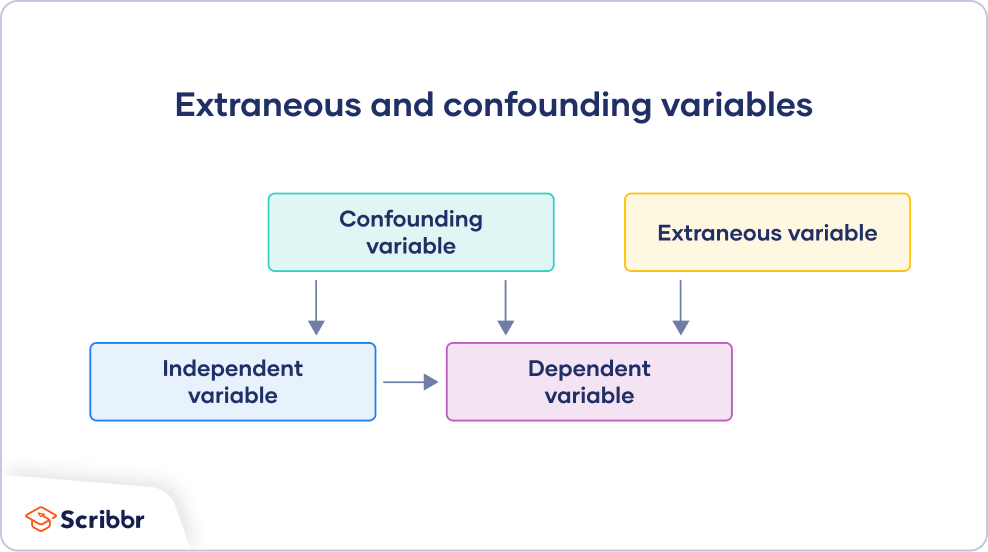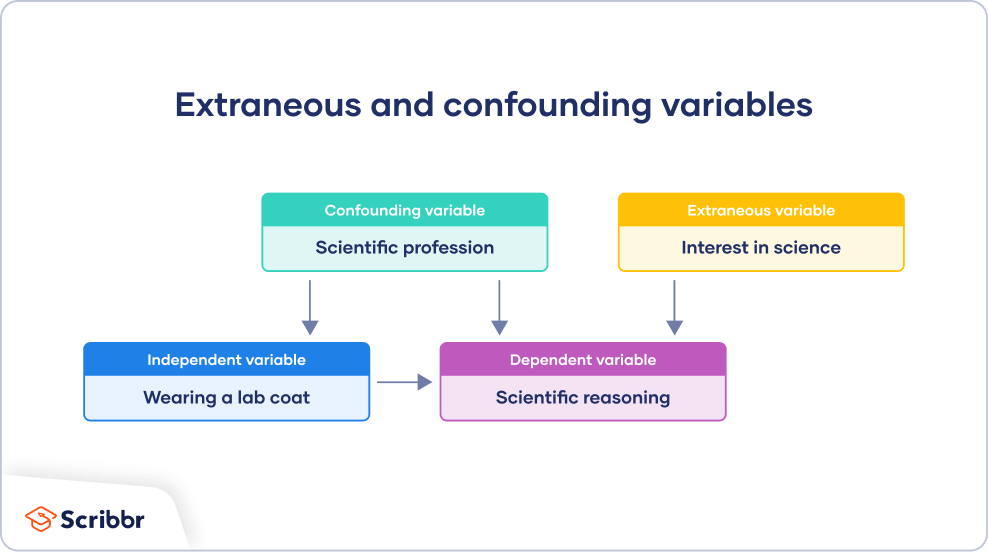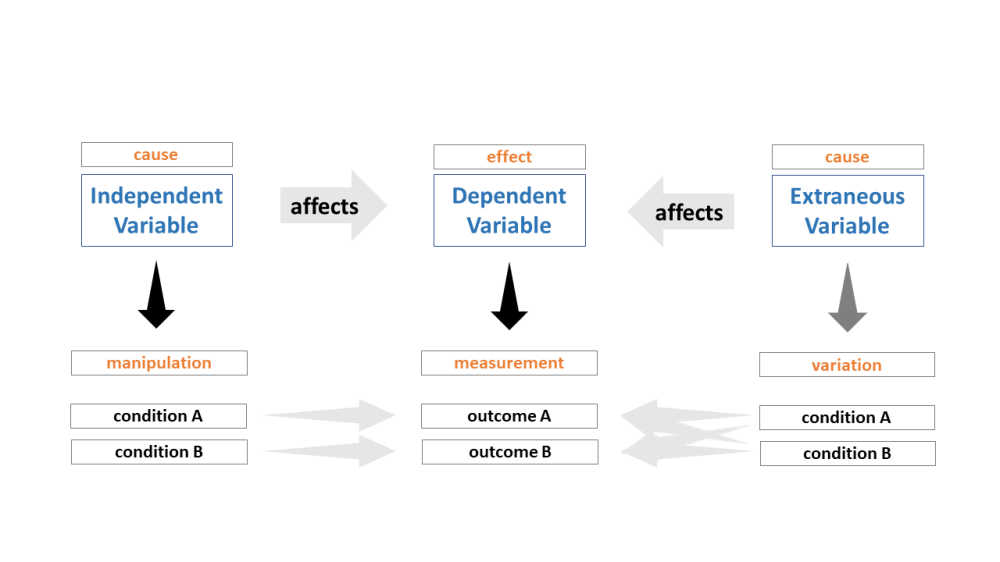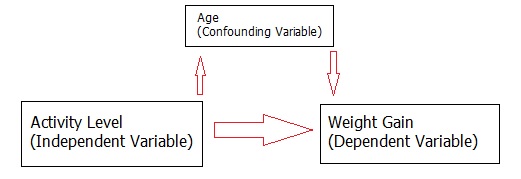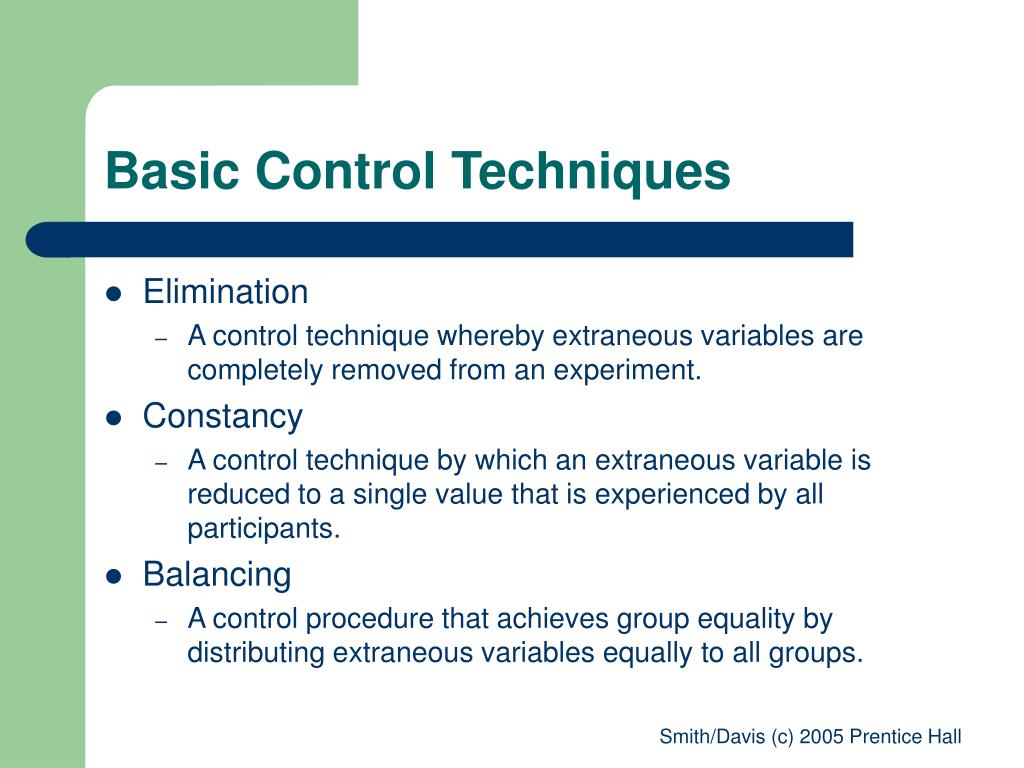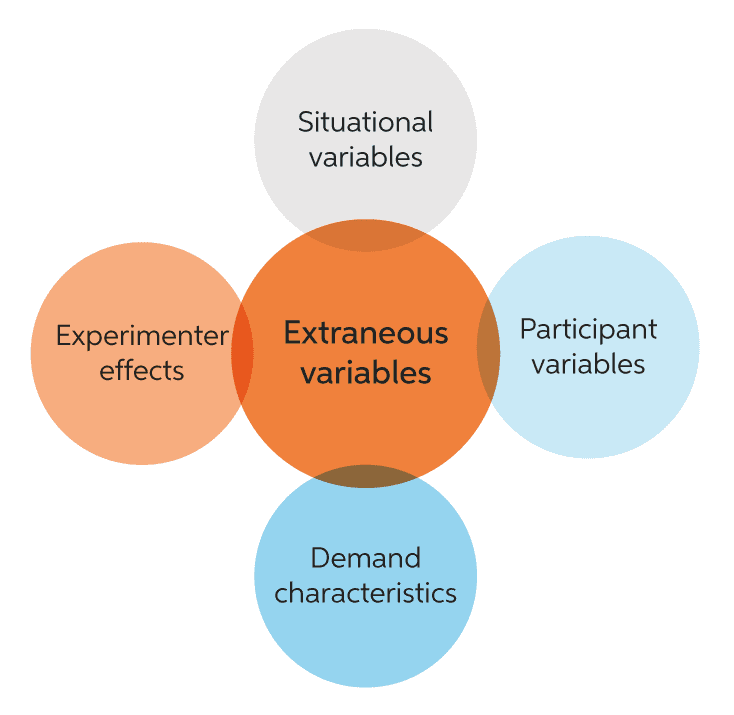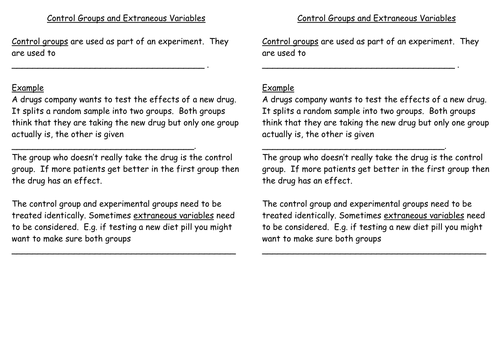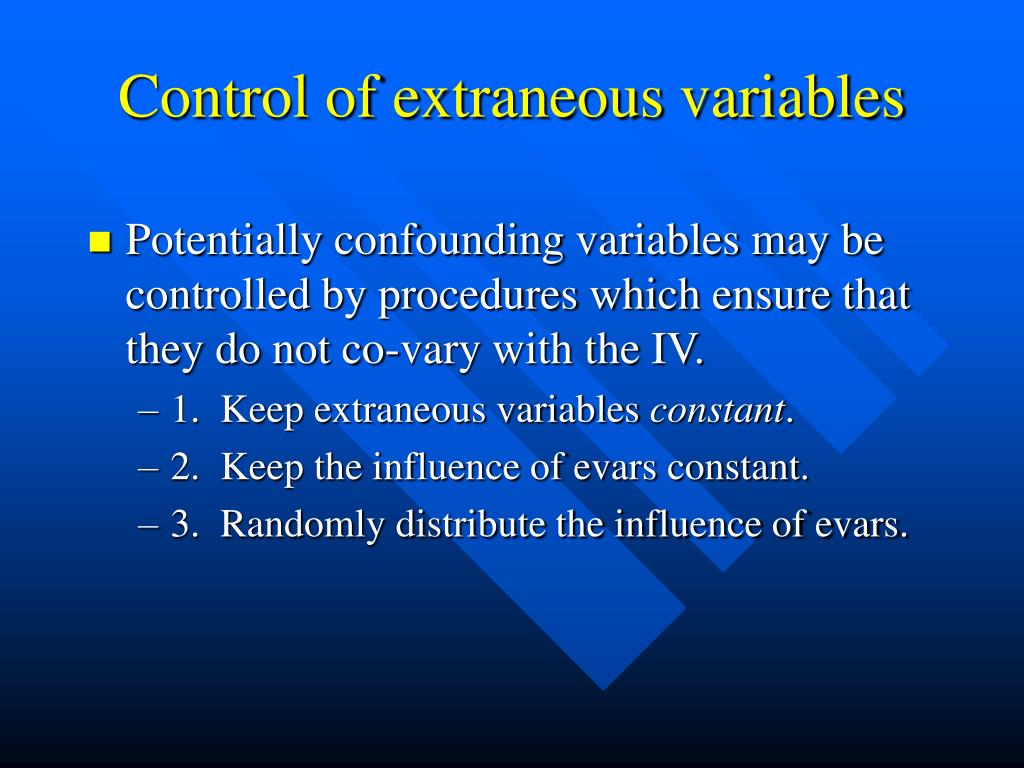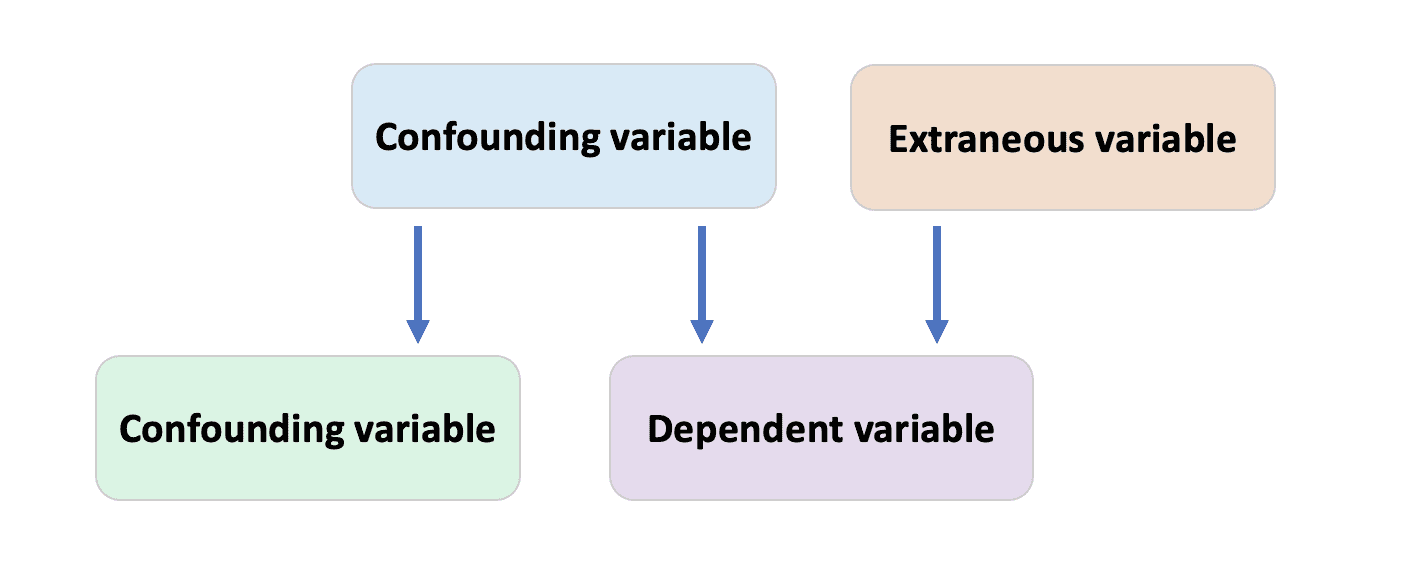Fantastic Tips About How To Control For Extraneous Variables

Standardization is discussed as a technique to control for extraneous variables.
How to control for extraneous variables. Using random allocation to the conditions of the independent variable or matched. Extraneous variables like participant variables can be controlled by using random assignment when dividing the participants into control and treatment groups. This can make it difficult to separate the effect of the independent variable from the effects of the extraneous variables, which is why it is important to control extraneous.
Methods for assigning participants to conditions can control a variety of extraneous variables. Terms in this set (4) how to control order effects. Experts distinguish four main methods of controlling extraneous variables.
Statistically controlling for extraneous variables. Implement the method of control You can follow the steps below to control extraneous variables in your experiments:
The first category involves the creation of groups by. Whilst we are not manipulating these extraneous variables, they could still affect the task performance scores (i.e., the dependent variable) of the two groups (i.e., the control group and. You can eliminate or include extraneous variables that seem to be likely or potential threats in.
Another way to control extraneous variables is through elimination or inclusion. There are various ways to exclude or control confounding variables including randomization, restriction and matching. There are three key considerations to take when controlling extraneous variables:
Determine the type of extraneous variables that are present in your study. Here are the steps you can take to control these variables in your experiments: Random sampling is one way a researcher can control extraneous variables.

